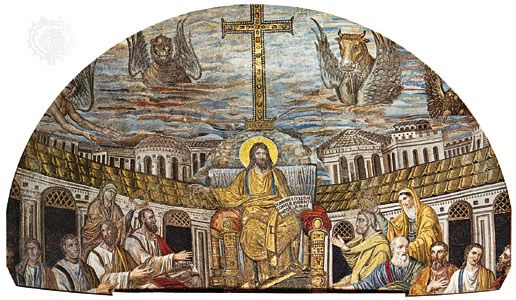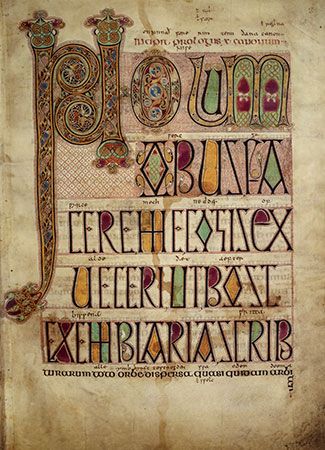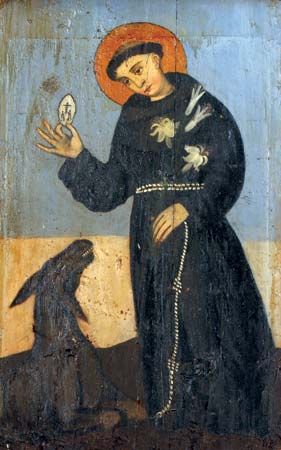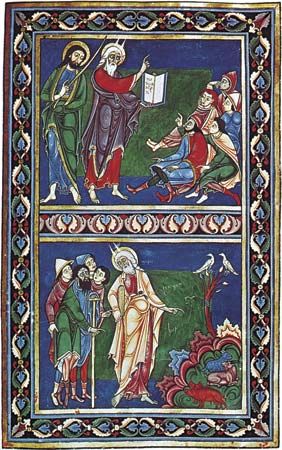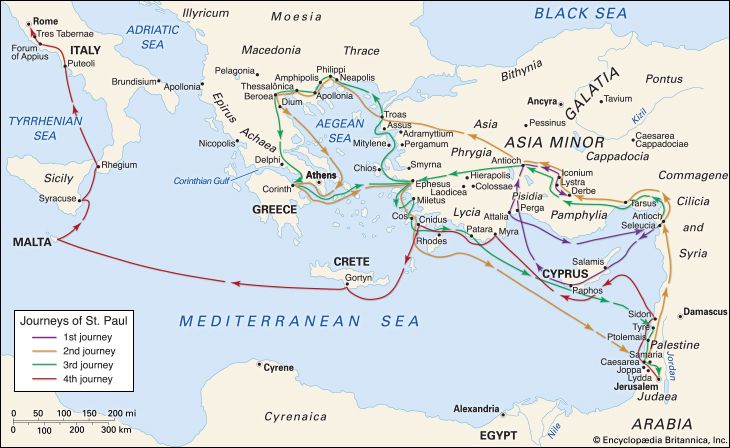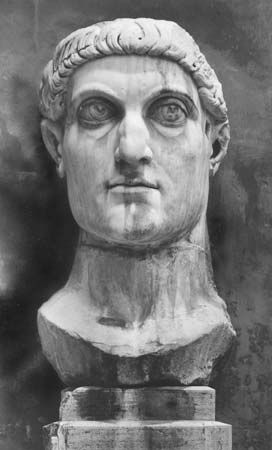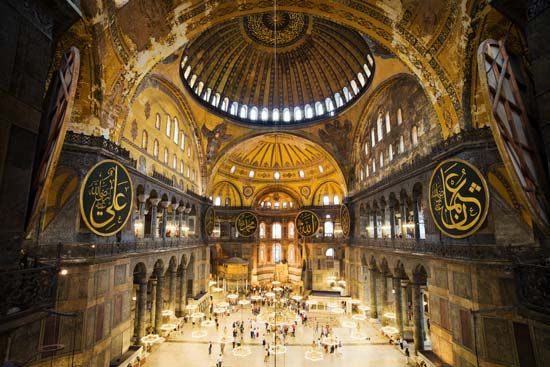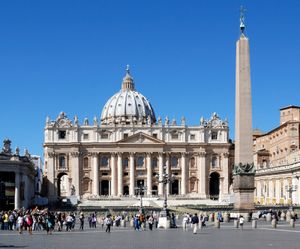- The history of Christianity
Evolution of the episcopal office
News •
The evolution of the episcopal office followed a different development in the East and in the West. The Orthodox Church accepts the monarchical episcopacy insofar as it involves the entire church, both the visible earthly and the invisible heavenly churches bound together inseparably. The monarchical principle in the Orthodox Church, however, is based on democratic principles that are grounded in the polity of the early church. Just as all Apostles without exception were of equal authority and none of them held a paramount position over against the others, so too their successors, the bishops, are of equal authority without exception.
Thus, the politics of the Eastern Orthodox churches have a decidedly synodal character. The ecumenical council, an assembly of the bishops of the whole church, constitutes the highest authority of Orthodox synodal polity. The bishops gathered at an ecumenical council resolve all questions of faith as well as of worship and canon law according to the principle of majority rule. Not only the priesthood but also the laity have been able to participate in Orthodox synods. Election to ecclesiastical offices (i.e., pastor, bishop, or patriarch) involves participation by both clergy and laity. The individual polities of modern Orthodox churches (e.g., Greek or Russian) are distinguished according to the amount of state participation in the settlement of ecclesiastical questions.
Orthodoxy was divided into various old and new types of churches. Some of these were “patriarchal,” which meant that they were directly responsible to a patriarch. Others were “autocephalous” (Greek: autokephalos, “self-headed”), which has come to mean in the modern world that as national churches they are in communion with Constantinople but are responsible for authority to their own national synods. This division, and the fact that Orthodoxy has so often been the victim of revolutionary change and political onslaught, have served as a hindrance against any new ecumenical council, even though many Orthodox have asked for one.
In the Roman Catholic Church the papacy evolved out of the monarchical episcopate. The city of Rome occupied a special position in the early church because, as the capital of the Roman Empire, it contained a numerically significant Christian community already in the 1st century. A leading role devolved upon the bishop of Rome in questions of discipline, doctrine, and ecclesiastical and worship order. This occurred in the Latin provinces of the church in the West (Italy, Gaul, Spain, Africa), whose organization followed the provincial organization of the Roman Empire. After the collapse of the Western Roman Empire in the late 5th century, the status of the Roman bishop increased. The theological underpinning of this special position was emphasized by Petrine theology, which saw in the words of Jesus, “You are Peter, and on this rock I will build my church” (Matthew 16:18), a spiritual-legal instituting of the papacy by Jesus Christ himself; in the Greek church of the East (e.g., Origen) and also for Augustine in the West, however, these words were referred to St. Peter’s confession of faith. Since the time of popes Gelasius I (reigned 492–496), Symmachus (reigned 498–514), and Gregory I (reigned 590–604), these words have served as the foundation for the claim of papal primacy over the entire Christian church.

